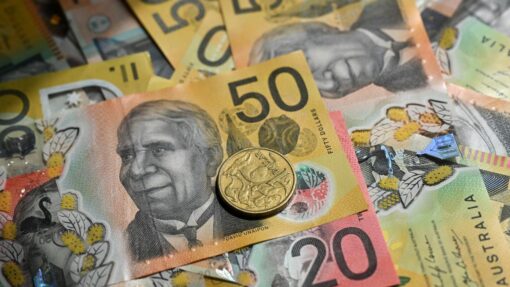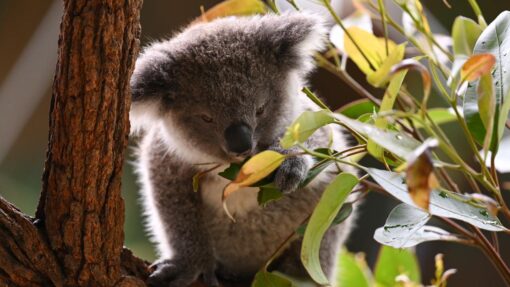Retail sales bounce back after festive season slide
Poppy Johnston |
Retail trade has rebounded after a sharp decline during the festive period but spending is expected to contract further once the full impacts of interest rate hikes are felt.
Retail sales rose by 1.9 per cent in January, beating consensus estimates of a 1.5 per cent improvement in total turnover.
The official measure of retail turnover dropped four per cent in December and rose by 1.7 per cent in November, with Black Friday sales and holiday spending driving some volatility in the index.
Australian Bureau of Statistics head of retail statistics Ben Dorber said growth has been relatively flat in the past few months when accounting for the festive season noise.
“November, December and January are the most seasonal months of the year, with retail activity heavily affected by the Christmas period and January holidays,” he said.
Turnover rose in all industries, with department stores recording the largest rise of 8.8 per cent, followed by clothing, footwear and personal accessory retailing, which increased by 6.5 per cent.
AMP Australia senior economist Diana Mousina said growth in retail spending was slowing.
“To look through the volatility we think it’s better to look at the change in total retail spending over the past three months, which shows a slowing in growth to just 0.1 per cent over the three months to January, down from 0.9 per cent last month and well below 2022 rates,” she said.
Ms Mousina said retail sales would slow further in 2023, with interest rate increases hitting variable rate mortgage holders with a three-month delay and many fixed-rate home loans expected to expire mid-year.
Consumers are also expected to run down their savings – worth about $250 billion – and unemployment is expected to lift as the labour market slows.
The ABS also released balance-of-payments data on Tuesday, with Australia’s current account balance hitting $14.1 billion in the fourth quarter of 2022.
The September quarter account balance was revised up from a $2.3 billion deficit to a $0.8 billion surplus, meaning the current account has now been in surplus since early 2019.
The bureau said the increase in the current account surplus reflected a rise in the trade surplus and a fall in the net primary income deficit.
“Australia’s current account surplus was supported by sustained high commodity prices over 2022, with the value of mining commodity exports reaching over $400 billion for the year,” ABS head of international statistics Grace Kim said.
Net exports are expected to add 1.1 percentage points to GDP growth in Wednesday’s national accounts.
The terms of trade – the ratio of export prices to import prices – lifted 0.6 per cent in the quarter.
Growth in annual private credit returned its softest result in almost a year, expanding eight per cent in the year to January and 0.4 per cent across the month.
St George economist Jameson Coombs said the result pointed to the early stages of a slowdown in lending growth as the cost of borrowing rises.
However, he said there could be “momentum” in business lending.
AAP


